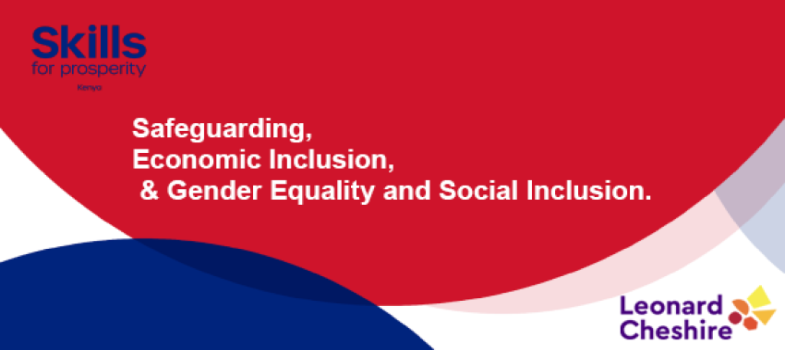1.1.12:Summary
Barriers or obstacles to accessing the labour market and hence improvement to standards of living and well-being include:
- Exclusionary social norms; e.g., gender and care work norms, ableism;
- Limited access to attain market-aligned technical and business skills;
- Fewer opportunities to develop social networks\
- Lack of teaching and training facilities with expertise, equipment, and skills to work with different groups
- Restricted mobility due to inaccessibility, gender norms
- Discrimination, stereotyping and stigma throughout recruitment processes and workplaces
- Lack of awareness of company and employer on inclusive policies and systems to support a diverse workforce
- Inaccessible transportation and workplace infrastructure
- Provision of alternative financing mechanisms like training scholarships, vouchers, stipends and student loans;
- Establishing transportation stipends or provision of accessible transport to / from TVET or HE centre;
- Adopting universal accessibility of recruitment processes in terms of languages and formats used;
- Waiving education requirements, accelerated learning courses, options to remove marketing;
- Conducting barrier and facilitator assessments, and working in partnership with students from different communities to understand the different barriers that students with different identities face to accessing TVET and Higher Education;
- Reviewing the accessibility of the training premises;
- Teacher training on universal design and accessible service delivery;
- Establishing a flexible, inclusive and accessible curriculum model i.e. the timing, training blocks, etc.;
- Partnering with employers and the community for curriculum relevance, job market alignment, job placements; and
- Putting in place a dedicated career services
staff skilled in equitable approaches to job matching.






